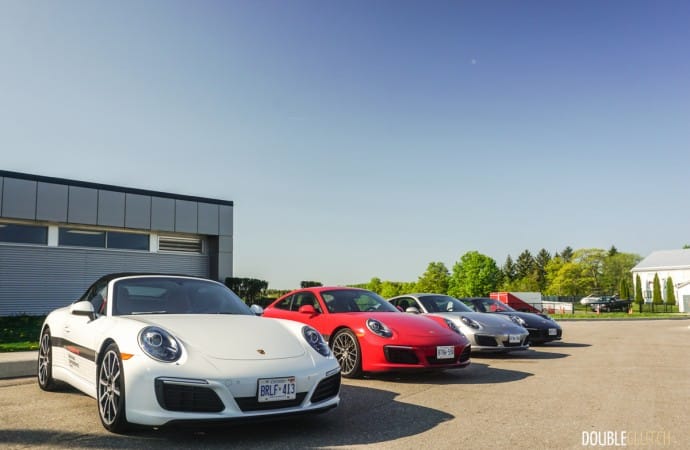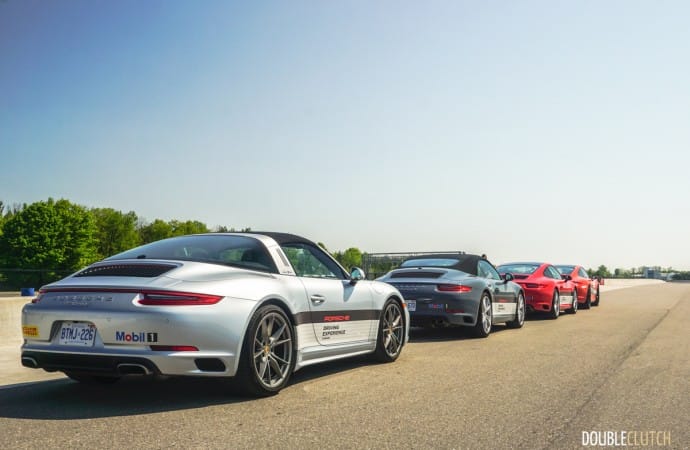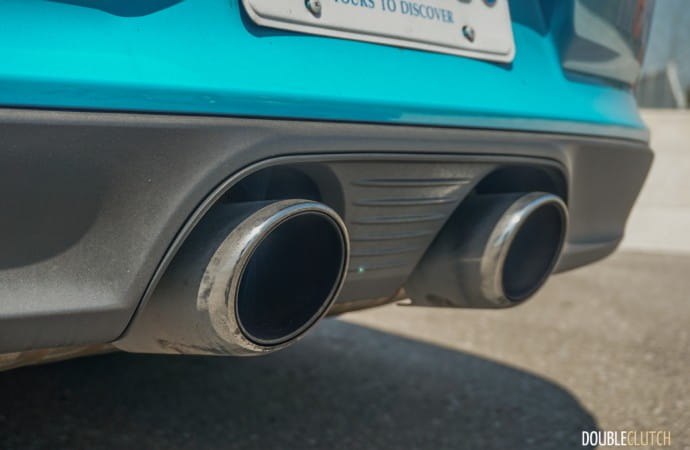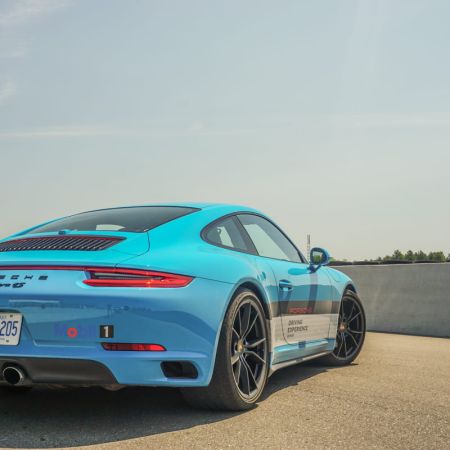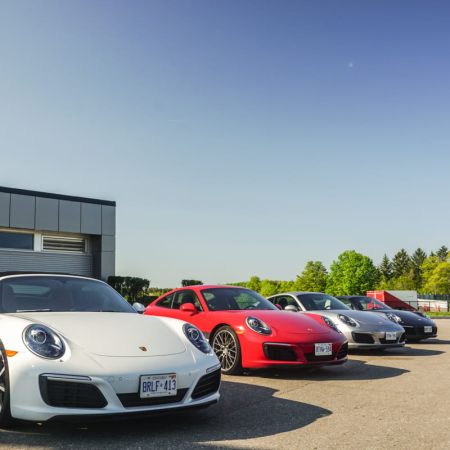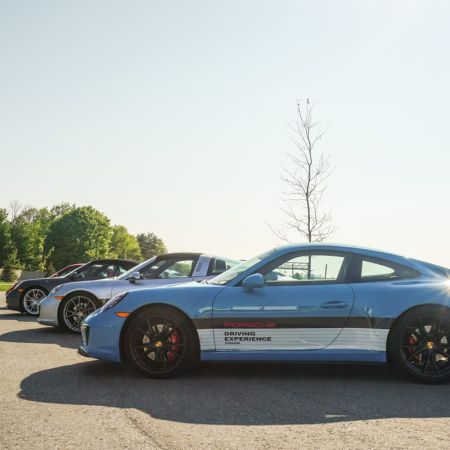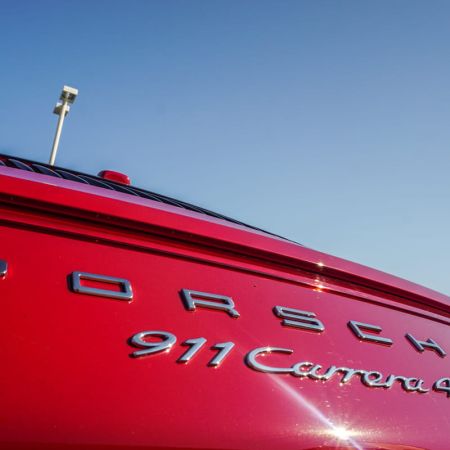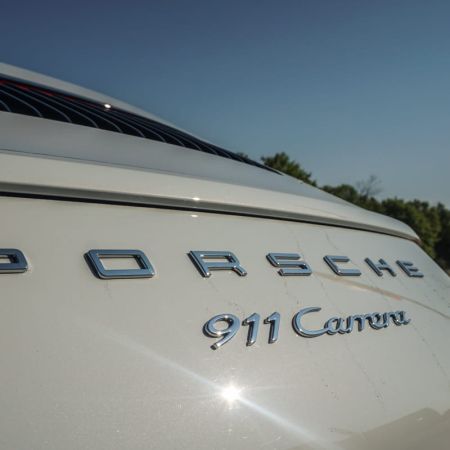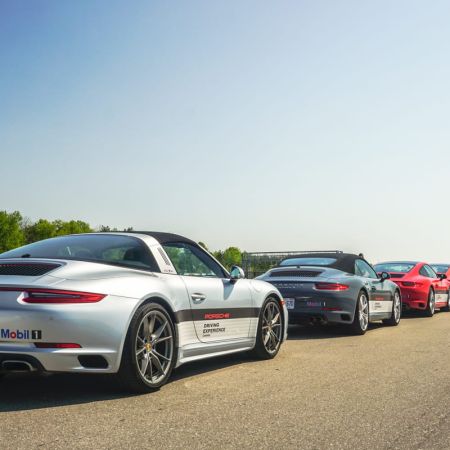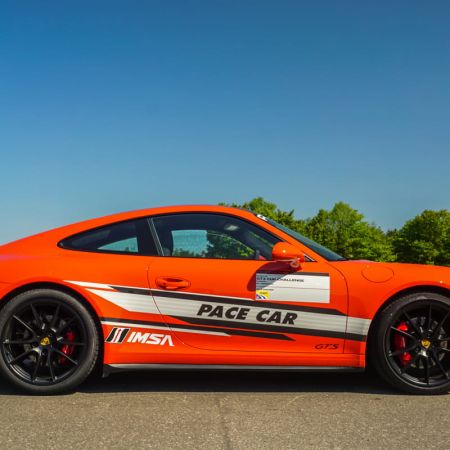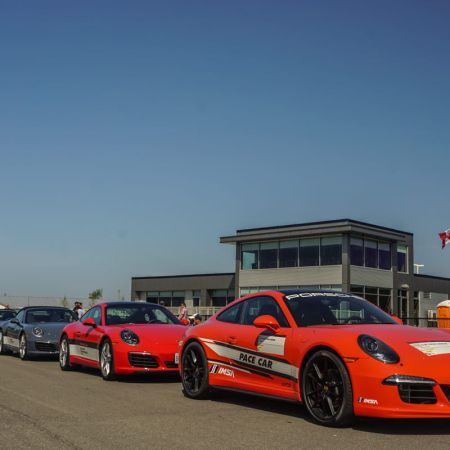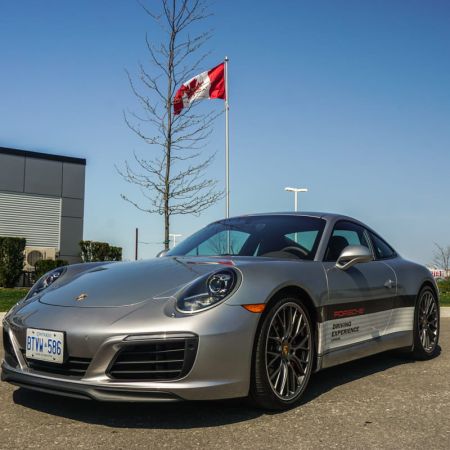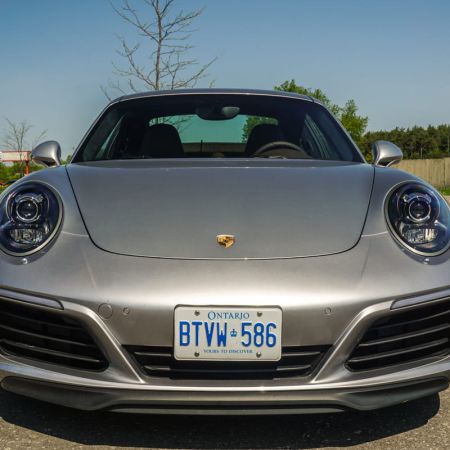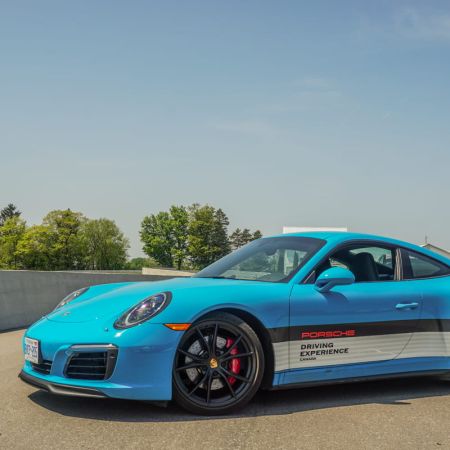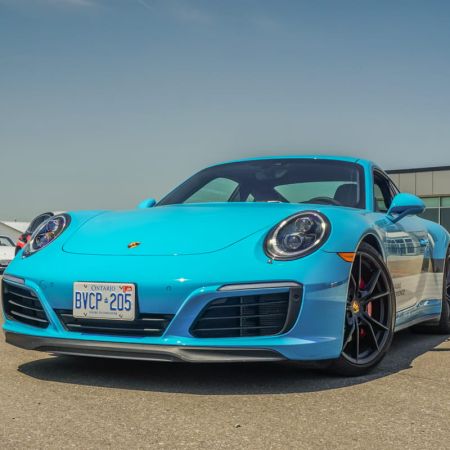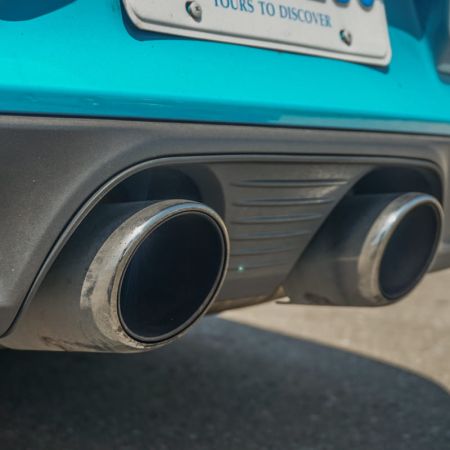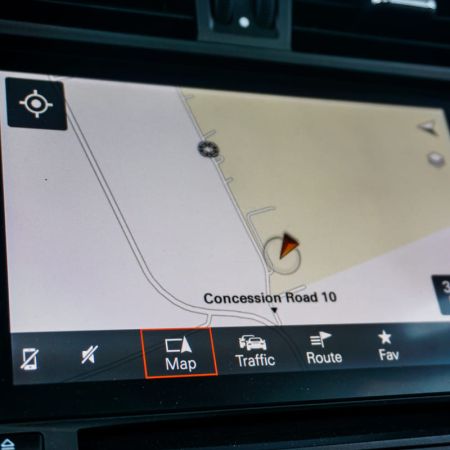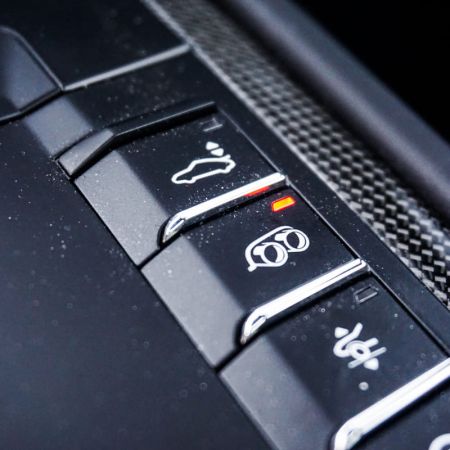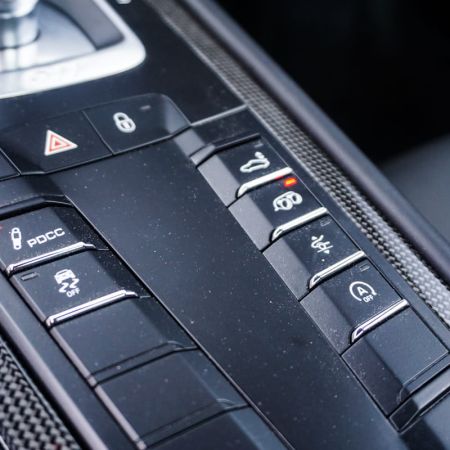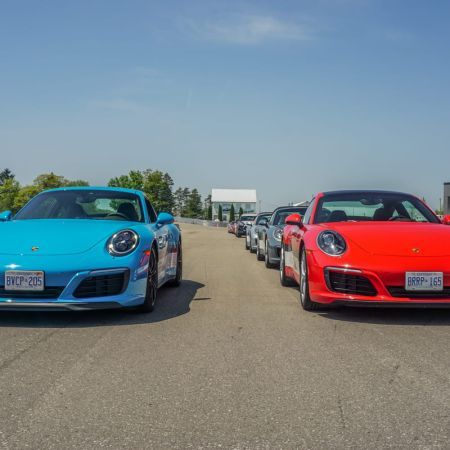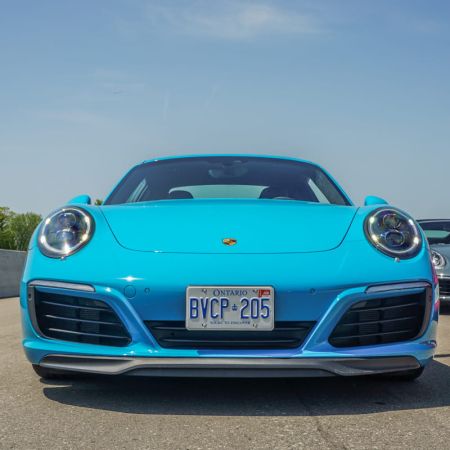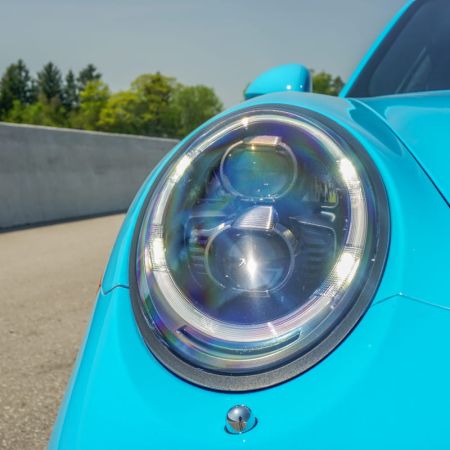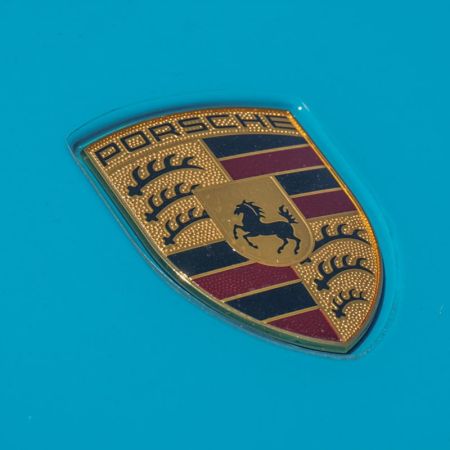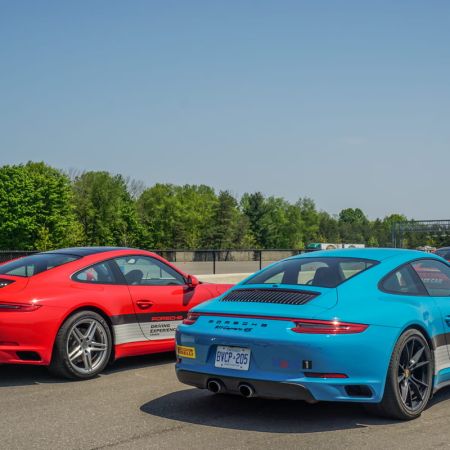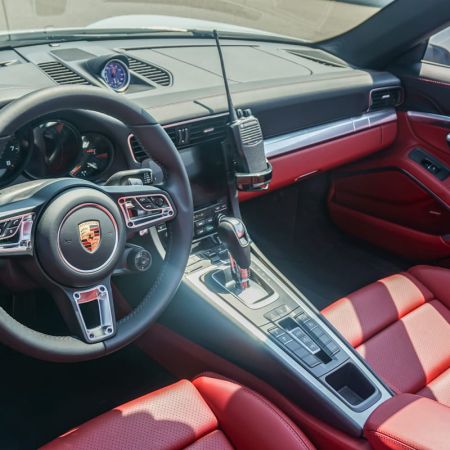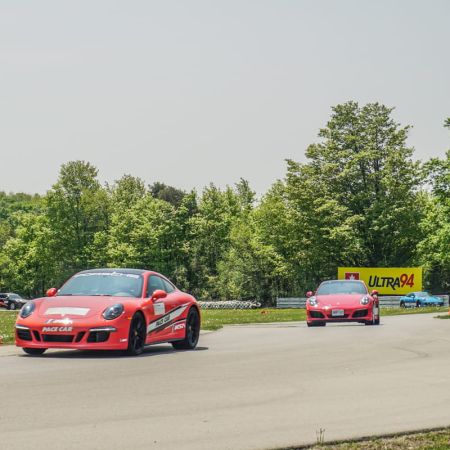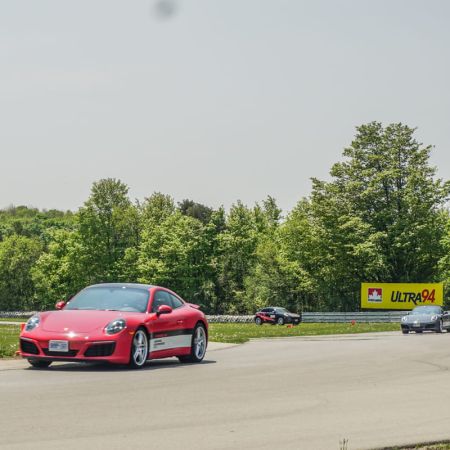Bowmanville, ON – We were graciously invited to Porsche Cars Canada’s 911 Grand Tour, hosted at Canadian Tire Motorsports Park just outside of Toronto. Throughout the course of the day, we would sample the all-new 2017 Porsche 911 Carrera lineup, ranging from the base 911 Carrera right through to the 911 Carrera 4S. This is an iconic car dating back almost half a century, and is easily one of the most engaging driver’s cars on the road. We set out to see how the refreshed model (codenamed 991.2) stacks up versus its predecessor.
Perhaps the most controversial part of the new 911 Carrera is the transition from naturally aspirated, flat six-cylinder engines to a new turbocharged setup. Along with the new 718 Boxster (previewed here), all new Carrera models (not just the Turbo) are twin-turbocharged. The engine is still a flat-six, but with the help of the boost, pushes 370 horsepower (up from 350) in the base Carrera and 420 (up from 400) in the Carrera S. The shift from natural aspiration led to much criticism from armchair critics, but after spending an entire day driving the cars both on the street as well as the racetrack, we can assure you that there is nothing to be worried about.
The 911 Carrera still offers that raw, unadulterated exhaust note from its rear engine setup, but now with far more torque. The base model’s numbers increase 44 lb-ft to 331, and the Carrera S now boasts 368 lb-ft. All of the models we drove were equipped with Porsche Doppelkupplung (PDK) dual-clutch transmission. There is still a seven-speed manual offered to represent the Porsche brand’s passion towards motoring, but it’s worth every enthusiast’s time to experience the best dual-clutch transmission available on the consumer market today.
Thanks to the turbocharging, the 911 and Carrera S are both faster than their outgoing 991.1 predecessors, all while being more efficient. The Carrera with PDK and the Sport Chrono Package now hits 100 km/h in just 4.2 seconds flat, while the Carrera S does it even faster, in just 3.9 seconds. Similarly spec’d Carrera 4 models do this sprint in 4.1 and 3.8 seconds, respectively. These are mild improvements over the last car, but the difference in feel is astronomical. These cars accelerate with such precision that the power numbers are soon forgotten, because you just can’t wipe a sheepish grin off your face. Another technical advantage thanks to the turbocharging is better low-end grunt. The car feels like it packs considerably more torque, and is able to push itself out of corners with the utmost of ease.
As with legitimately everything to be placed under the Porsche name, precision and sharpness is unmatchable by anything else out there. The 911 Carrera can be equipped with Porsche Torque Vectoring Plus, which controls braking on the rear wheels with an electronic variable diff lock. This gives the car incredible agility, which we were able to notice through a controlled slalom. Certain Carrera 4S models were equipped with Rear Axle Steering, which is included on the Sport Package. This helps reduce the turning radius at parking lot speeds as well as increasing high-speed maneuverability.
Porsche Active Suspension Management (PASM) is now standard on all 911 Carrera models. This system gives the car active damping, and also drop the car 0.4” overall. Ride quality is excellent and the difference between Comfort, Sport, and Sport+ is immediately evident. All of this is controlled by a mode selector on the steering wheel (borrowed from the flagship 918 Spyder), which also has a center button that gives the car full Sport+ setting for 20 seconds, for that immediate pass or short curvy road push.
Visually, the car is very subtly updated. From my personal preference, the refreshed models of 911 throughout the past two decades have always addressed any shortcomings of the original redesign. For instance, the 996.2 and 997.2 are some of my favourites of the past two decades. On this latest model, the four-LED daytime running lights are attractive and have trickled down from other Porsche models. The front and rear ends on the car are subtly improved, with new exhaust outlets out back. Carrera S models get quad tips (twin setup on each side) while cars with the Sport Exhaust option get two center-mounted tips.
On the inside, the differences are subtle. The most important change is the implementation of the new PCM infotainment system, with a 7” touchscreen that’s far more responsive than both its rivals and its ancestors. It’s capable of gestures such as pinch to zoom, swipe, etcetera, and also packs Apple CarPlay on board. Google Earth looks brilliant on the screen, as well as offering full Street View for optimal navigation. Android users are currently out of luck as Porsche Cars does not offer support at this time. Lastly, the partnership between Porsche and Burmester continues, and there are few better feelings in life than cruising an open back road in a 911 Cabriolet with “Hotel California” playing through the stereo in perfect clarity.
We had the chance to put the car through a series of controlled exercises, including an autocross setup, launch control testing, full lock braking, and of course, lapping on the racetrack. Having had the chance to extensively drive the 2017 Porsche 911 Carrera line, it quickly became obvious that this is one of the best sports cars money can buy. The rear tires on the Carrera S are now 305-width, which gives it an even more perfect stance, and the classic look of the 911 will never appear dated to this purist. This is a car that offers virtually unlimited permutations of body style (Coupé, Cabriolet, Targa) and options to create your own perfect motoring experience.
First Drive: 2017 Porsche 911 Carrera Gallery
See Also:
2016 BMW M6 Competition Package
Event: Ultra 94 GT3 Cup Challenge Canada


